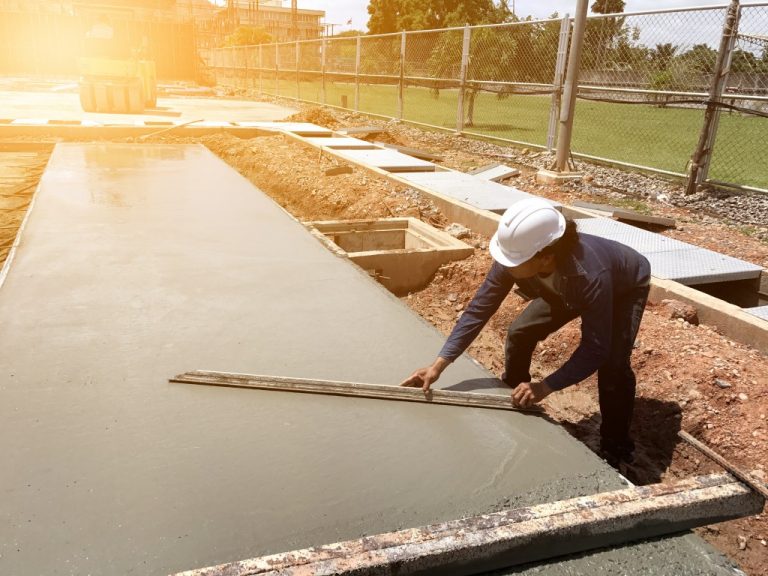Concrete is a hard and heavy material. This is why the weight of the concrete plus the load that they were meant to carry may cause uneven or sunken concrete. This kind of damage doesn’t look good at all and it can often be painful just to look at them—especially if the rest of your property looks great. Then there is also the danger posed by misaligned or damaged concrete slabs.
For your peace of mind (and eye), concrete lifting and leveling are options that you can look at. If you are worried about the cost, however, you can save a bit by doing this yourself. Note, however, that these activities are best left to a professional, but if you have some knowledge about the subject, here’s what you can do.
Understanding Why Concrete Was Damaged
An integral part of doing any DIY concrete lifting or leveling is understanding why the concrete was damaged in the first place. This is a fundamental part of understanding what can prevent the damage from recurring.
This problem usually happens due to sinking. The most common reason for sinking is when the dirt placed beneath the concrete was not properly compacted during the process of installing it. This type of sinking usually occurs in places such as driveways and a garage slab.
If you’ve confirmed that it is, then you can take steps that this doesn’t occur again anytime soon.
DIY Steps
A DIY enthusiast that has a fair level of skill can do the following process for concrete repair:
First, drill 2-inch holes into the concrete. Pour a mixture that contains fly ash, cement, water, and sand using a pump. The pump should produce 50 to 100 pounds of pressure.
The mixture that will be produced is like thick mortar. It should effectively lift the sunken slab. You do not need too much pressure in order to accomplish this. Concrete slabs are not that heavy and a slab that measures about 4 inches thick usually only weighs around one-third of a pound per square inch.
What to Watch Out For

Working with concrete can be a bit tricky.If you are not careful, you will cause more problems than solve the one you were dealing with. A DIY guy needs to pay particular attention to certain things, like knowing how much concrete you need. Too much or too little will only cause problems that will make the project more costly and delay it as well.
In addition, not all concrete is the same. There are many different types of concrete mixes and each one serves its own purpose. Knowing what each one is for can help you immensely. You can ask experts for concrete repair in Ogden or Salt Lake City. It’s up to you where you will ask for help but the important thing is to ask people who know.
Going to DIY or do it yourself route is great just as long as you really know how to do it. In this case, doing concrete repairs such as lifting and leveling is something that only an expert should do. At first glance, anyway. But if you are really knowledgeable about what you need to do and the process involved, then go do it. After all, why entrust a job to others when you can do it yourself?

